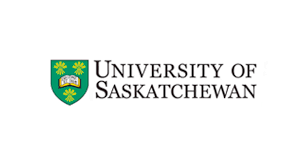University of Saskatchewan: USask researchers’ study of Salmonella transmission first of its kind
Dr. Aaron White (PhD) and his team recently received a Natural Sciences and Engineering Research Council of Canada (NSERC) Discovery Grant of $160,000 over five years to get to the heart — or the gut — of how and why Salmonella bacteria continue to thrive.
“For some of these types of pathogens, it’s difficult to study how they survive so long in the environment,” White said.
As he explains it, Salmonella is one of the most common food-borne pathogens in North America, and it is notorious for causing painful problems in the stomach and intestine.
Before Salmonella bacteria can be purged from the body, White said the population splits into two forms: extremely infectious and virulent single-celled Salmonella, and cells that clump together to form what is called a “biofilm” — a cluster of cells that stick to each other and form a membrane around them.
Biofilm cells can survive for a long time in the environment — for example, after the bacteria are expelled from the human body — but are not nearly as transmissible as their single-celled counterparts.
White’s research at USask’s Vaccine and Infectious Disease Organization (VIDO) focuses on how Salmonella changes forms.

